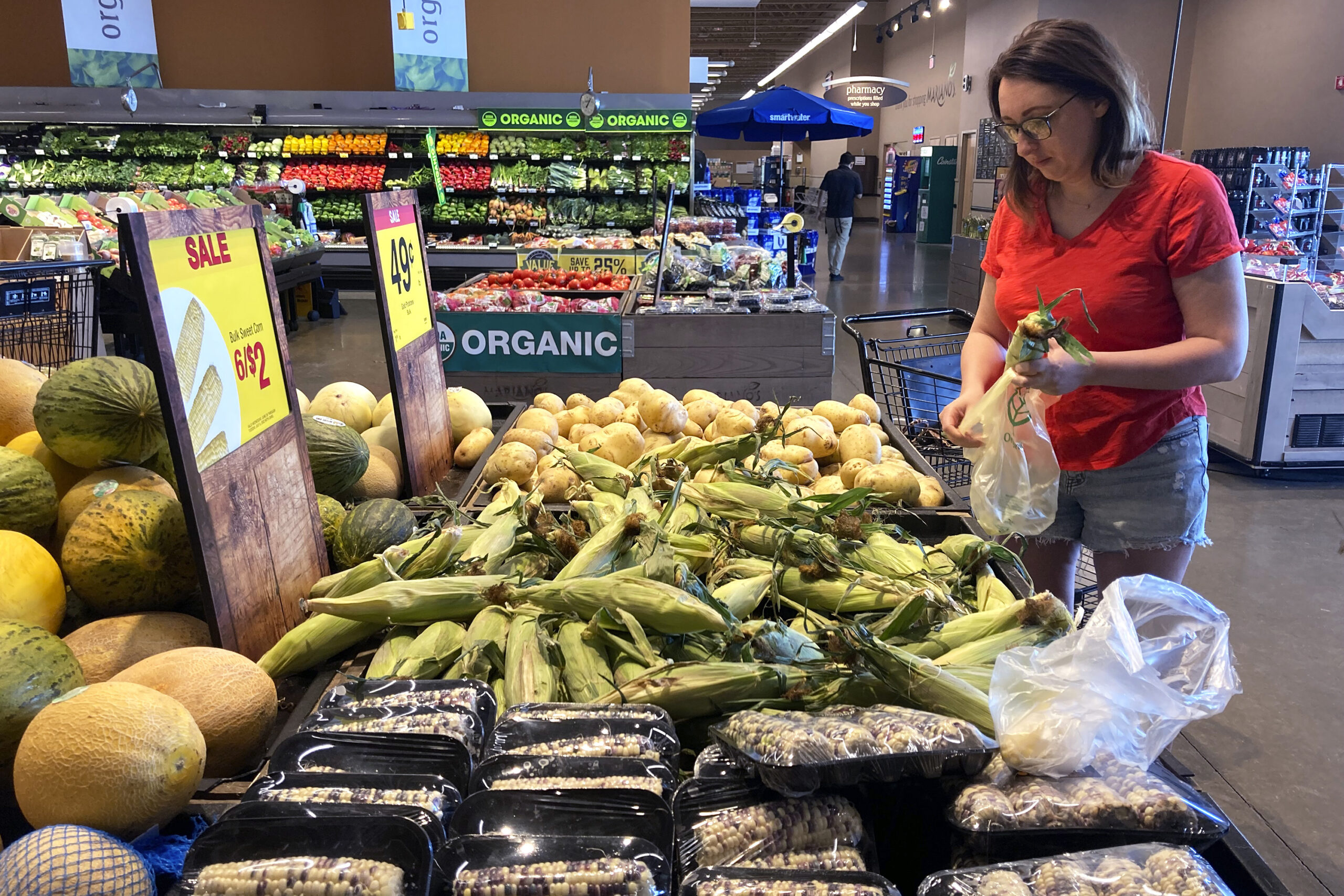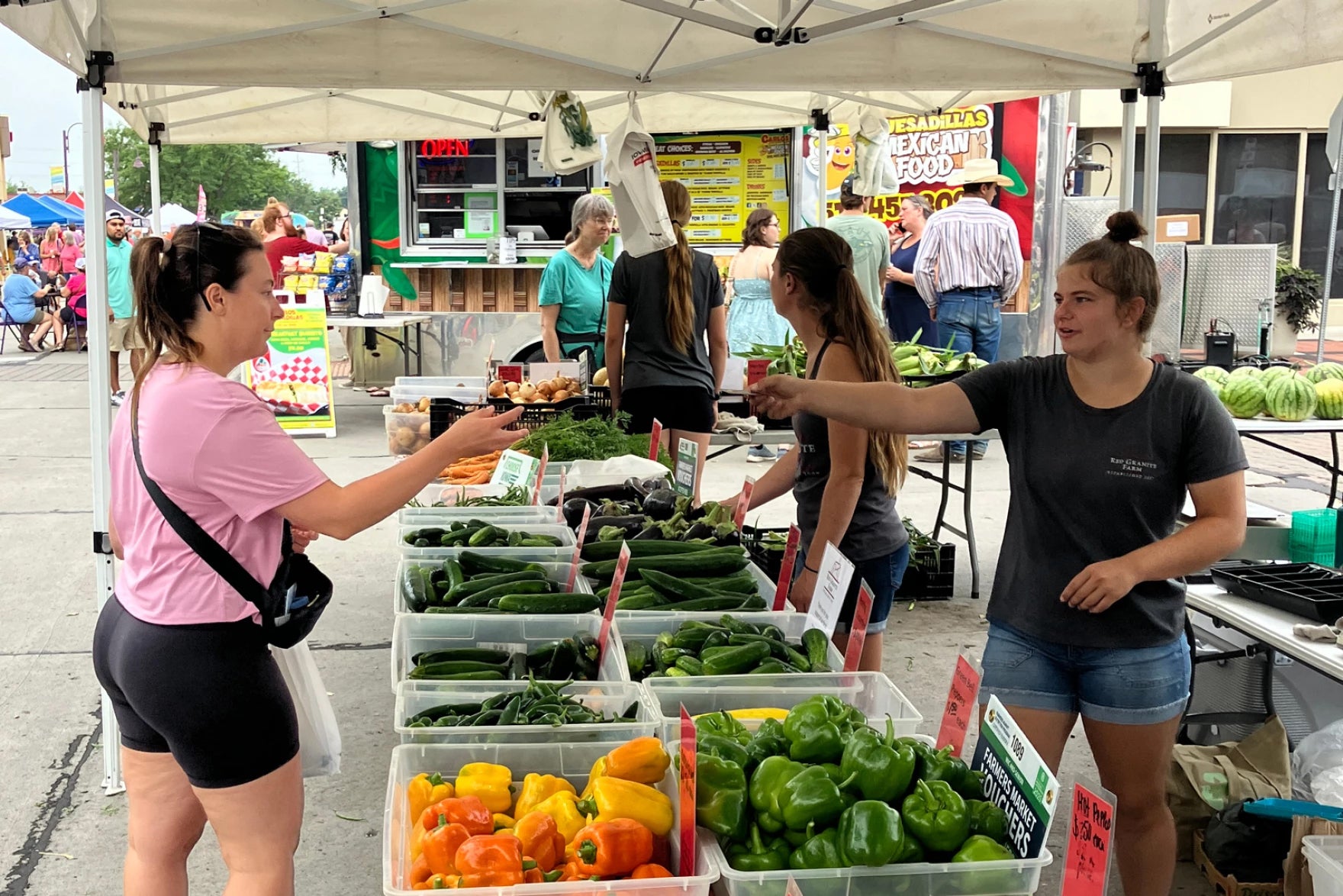Wisconsinites can expect the cost of a cookout to be slightly lower this Independence Day, while the national average reaches an all-time high.
An annual survey of grocery stores done by the Wisconsin Farm Bureau Federation found a cookout for 10 people cost an average of $66.38. That’s almost 1 percent lower than last year’s average.
Cassie Sonnentag, spokesperson for Wisconsin Farm Bureau, said Wisconsin’s diverse agriculture industry has an impact on local food prices. She said when beef and fresh produce are available close by, freight, fuel, transportation and packaging are more affordable.
News with a little more humanity
WPR’s “Wisconsin Today” newsletter keeps you connected to the state you love without feeling overwhelmed. No paywall. No agenda. No corporate filter.
“When you are able to minimize that distance and minimize that cost, that helps your bottom dollar at the end of the day,” Sonnentag said.
The national average for the 12 food items on the survey cost $71.22 which is 5 percent higher than last year’s national average — the highest national average since the survey was initiated in 2013.
Meanwhile, the farmer’s share of the food dollar dipped to its lowest level since 1993.
Meats are the most expensive item on the list
Protein products were the most expensive items on the list. Two pounds of ground beef in Wisconsin came to $11.12, a 5.5 percent increase from last year. While it is more expensive, Sonnentag said nationally, ground beef is up 11 percent.
“Access to butchers and meat processors and packing companies really close to our grocery stores, that helps kind of alleviate that cost that other parts of the country are seeing,” Sonnentag said.
A dozen of eggs had the biggest percentage increase, nearly doubling from $1.53 last year to $2.58 this year. Egg prices saw a significant jump in price across the country in 2022 in response to highly-pathogenic avian influenza.
The survey found food items were slightly more expensive in more populated areas like Milwaukee, Madison, Appleton and Wausau.
“As we get more and more corporate consolidation in our food systems, then we continue to see highly processed food, lower prices for farmers and more and more farmers going out of business entirely.”
Julie Bomar, executive director of Wisconsin Farmers Union
Farmers earn a fraction of what customers pay
The National Farmers Union published a parallel report showing how much farmers earn compared to the amount consumers pay at the grocery store.
Of a holiday meal retailed at $41.83, a farmer’s share is $5.32, according to the report.
Julie Bomar, executive director of Wisconsin Farmers Union, said most of the cost paid by consumers goes towards distribution, processing and retail stores.
“There’s not much fairness for farmers in that,” Bomar said.
Bomar said input costs like seed, fertilizer and cattle are affecting farmers’ profits.
She is concerned about the federal farm bill, which is set to expire Sept. 30. Lawmakers are divided on how to balance food aid for needy families with crop subsidies for farmers.
“As we get more and more corporate consolidation in our food systems, then we continue to see highly processed food, lower prices for farmers and more and more farmers going out of business entirely,” Bomar said.

Wisconsin compared to other parts of the country
Sonnentag said the average meal cost in the western region of the United States drives up the national average. The same meal in that part of the county is almost $15 more expensive. According to the American Farm Bureau Federation, regulations in California drive up the average price of things like pork chops.
Morgan Worek, spokesperson for the Wisconsin Pork Association, said access to feed sources, a good labor supply and protection from many natural disasters explains why Wisconsin food prices are lower compared to other states.
To keep a cookout more affordable, Sonnentag suggests sticking to a grocery list, repurposing leftovers and taking advantage of any Fourth of July sales. To support producers, Bomar encourages consumers to buy directly from farmers.
“(I) feel fortunate where we’re at and what we’re paying for groceries as opposed to other places in some instances,” Worek said.
Wisconsin Public Radio, © Copyright 2025, Board of Regents of the University of Wisconsin System and Wisconsin Educational Communications Board.







